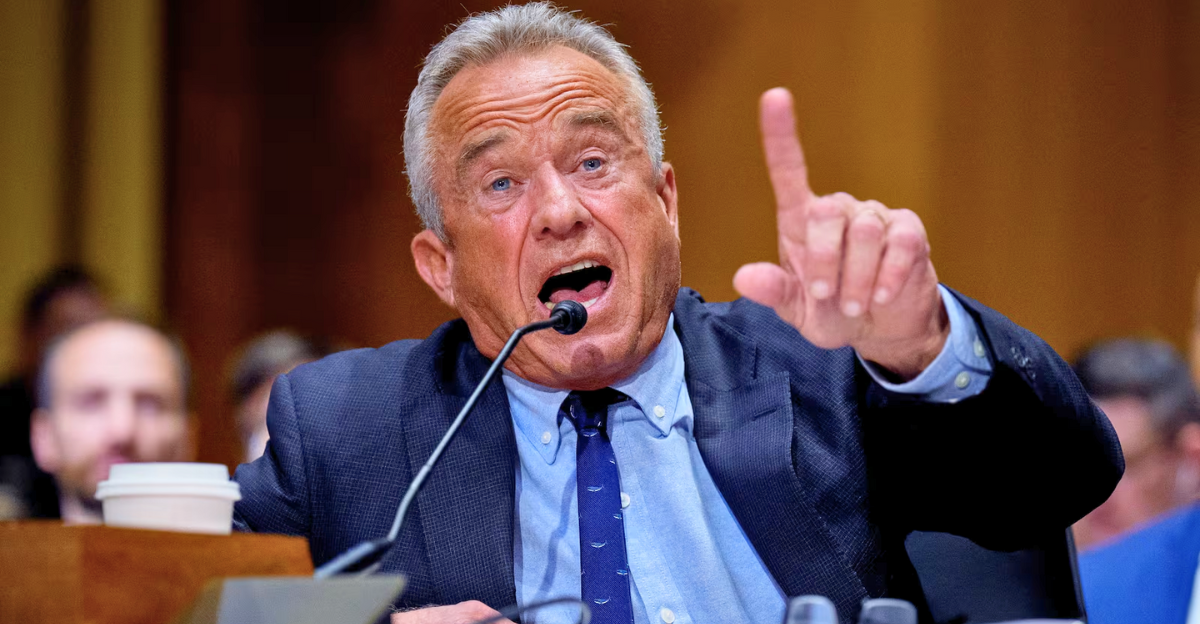
Health Secretary Robert F. Kennedy Jr. made a bold pledge to solve the autism “epidemic” by this September, a timeline virtually unheard of in government research.
Speaking at an April White House cabinet meeting, Kennedy vowed that HHS would “know what has caused the autism epidemic” by September, mobilizing “hundreds of scientists from around the world” to pinpoint the cause.
He characterized autism as a tragedy afflicting as many as 1 in 31 children – a dramatic rise he insists must stem from an environmental toxin.
Families were promised that by fall, the mystery would be solved and its triggers eliminated.
Hidden Cuts
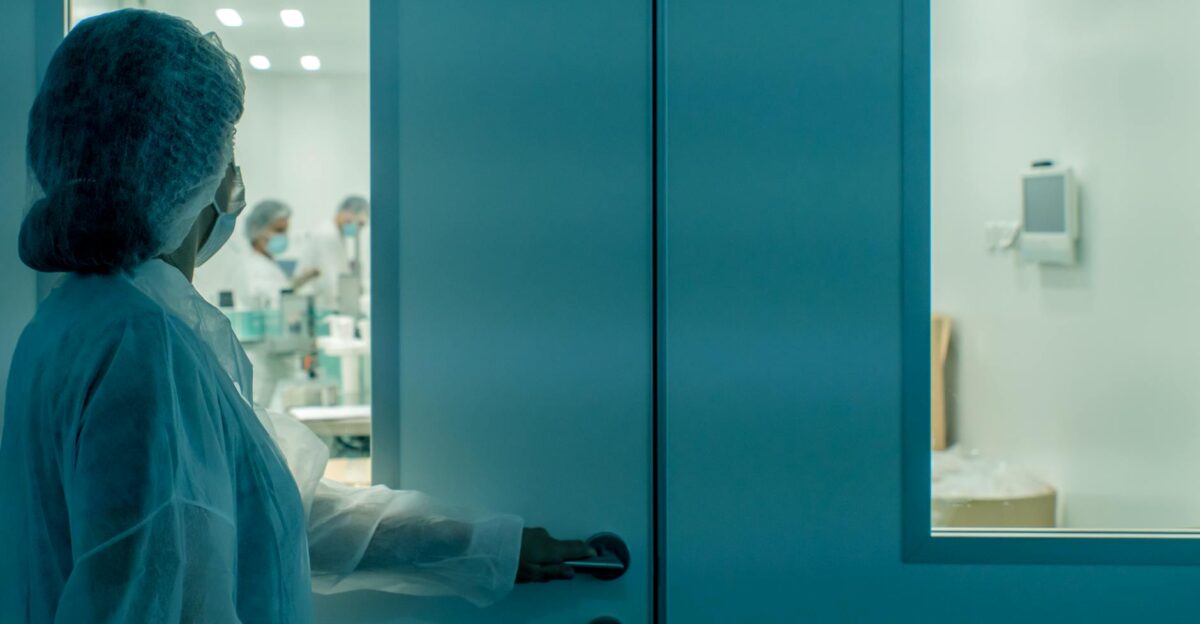
But behind those public promises, the administration was quietly gutting autism research. In the first four months of 2025, federal agencies pulled the plug on dozens of autism studies – a loss of over $30 million in funding – even as Kennedy touted new initiatives.
Entire divisions of NIOSH (the CDC’s workplace safety institute) that had been studying links between workplace chemicals and autism were eliminated without fanfare.
These cuts, amounting to roughly a 26% drop in autism research support, directly contradicted the administration’s stated commitment to finding environmental causes.
Research Legacy
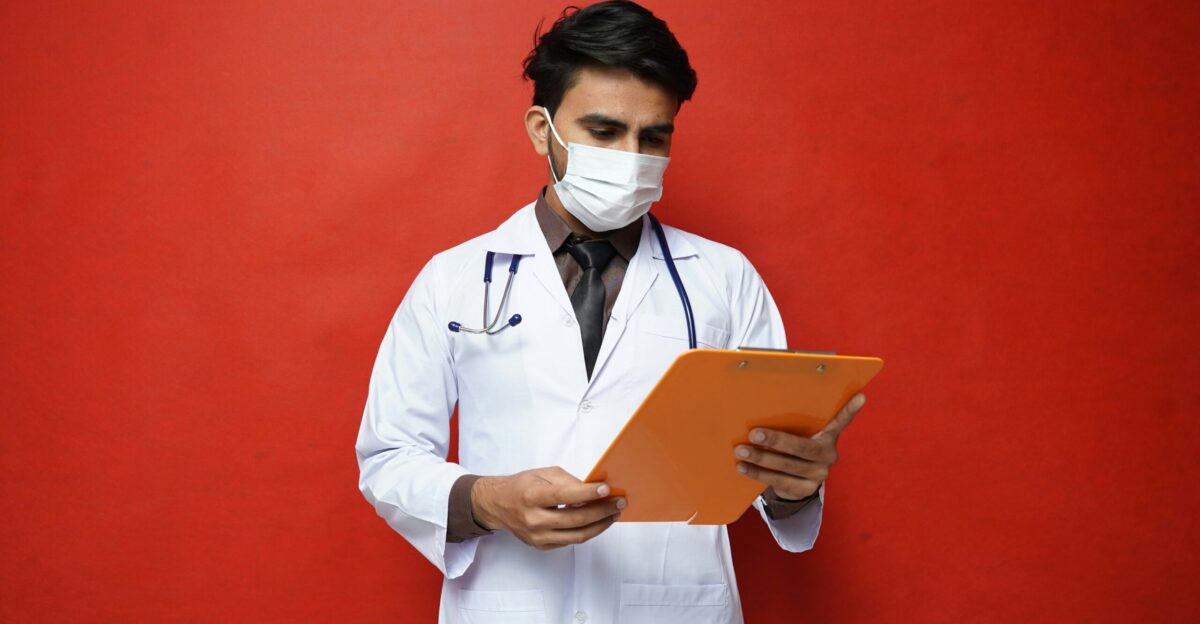
For nearly two decades, NIOSH epidemiologist Erin McCanlies devoted her career to probing how workplace toxins might contribute to autism.
As one of the pioneers in this field, she led studies finding that parents’ on-the-job exposure to certain chemicals correlates with higher autism rates in their children.
Her team published four major papers revealing significant links – for example, exposure to industrial solvents such as methylene chloride was associated with a greater likelihood of having an autistic child.
McCanlies’ research became a cornerstone of environmental autism science, laying the groundwork for much of what followed.
Mounting Evidence
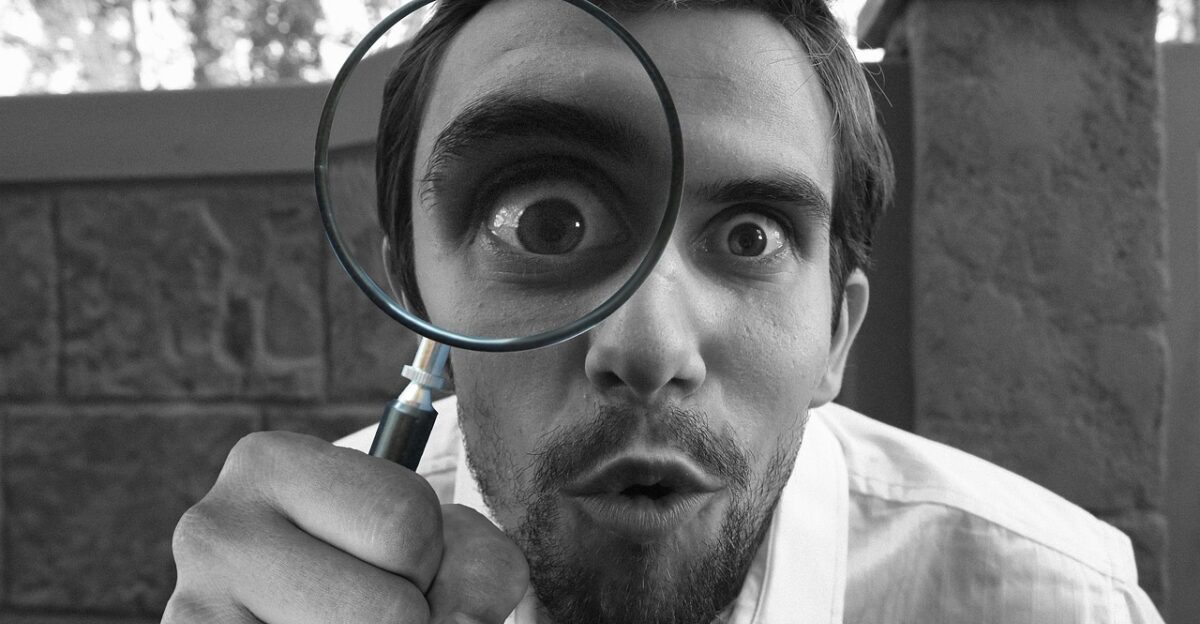
McCanlies’ findings grew more compelling with each study. In 2019, her epidemiological analysis of 950 families showed that women exposed to workplace solvents around the time of pregnancy were roughly 1.5 times more likely to have an autistic child than unexposed women.
By 2023, her team had identified 31 gene variants that appear to heighten a child’s susceptibility to autism when parents encounter certain chemicals.
These results dovetailed with decades of outside research linking environmental exposures – from air pollution to pesticides – to neurodevelopmental disorders, reinforcing the case that toxins can contribute to autism risk.
Division Eliminated

Then came a crushing blow.
In March 2025 – just three weeks after McCanlies had finalized her fourth major autism study – Kennedy abruptly eliminated her entire Health Effects laboratory division at NIOSH.
The closure hit as McCanlies was putting finishing touches on research examining how parental chemical exposures influence autism severity. With her supervisor already gone and colleagues cleared out, she submitted her manuscript alone in an empty hallway.
The lab that spent years investigating environmental autism factors was dissolved overnight, even as Kennedy publicly vowed to seek those very answers.
Nationwide Impact
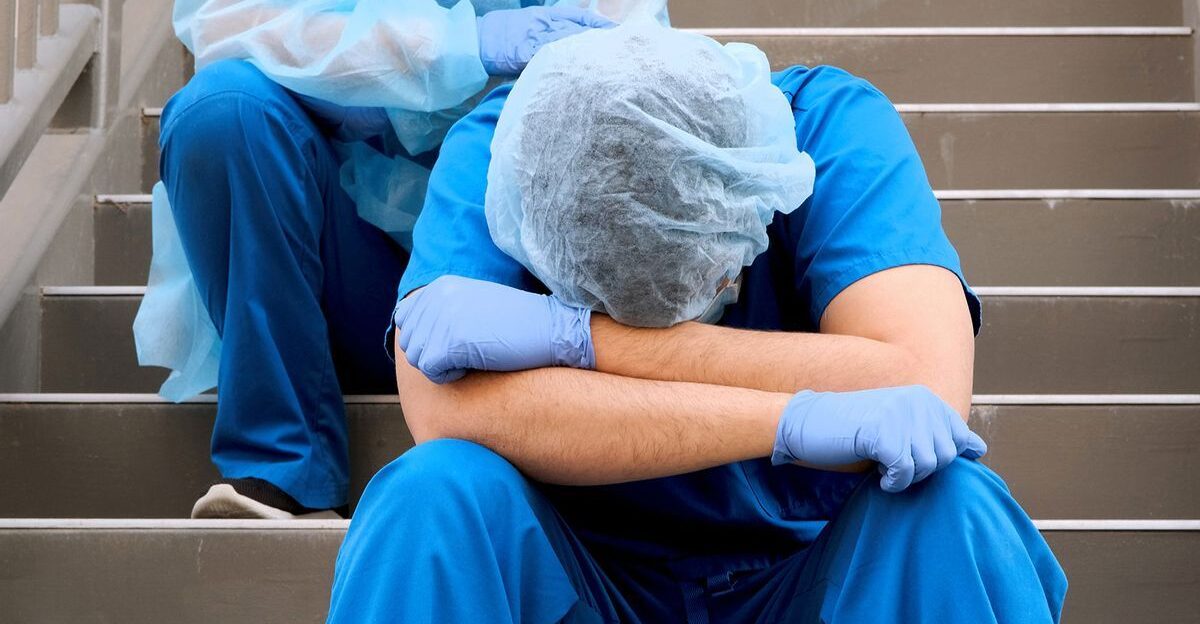
The mass layoffs at NIOSH effectively dismantled the nation’s workplace health watchdog. More than 90% of the agency’s staff were cut, shrinking from around 1,400 employees to under 150, halting health hazard investigations in workplaces across all 50 states.
Roughly 30 ongoing evaluations of job-related illness outbreaks were abandoned mid-stream.
The agency’s lab for certifying safety gear was shuttered, freezing approvals of new N95 masks and other protective equipment and leaving manufacturers in limbo.
Virtually the only remnant spared was the World Trade Center Health Program for 9/11 responders, with almost every other service eliminated.
Researcher’s Shock
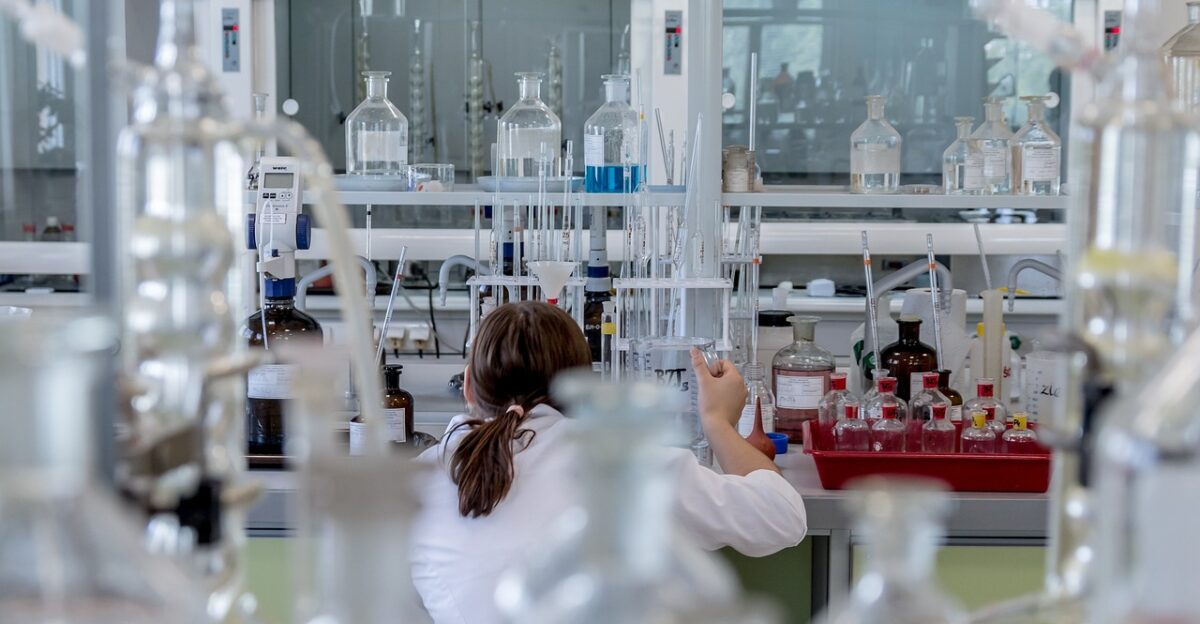
A few weeks later, McCanlies was driving to work when she heard Kennedy on the radio pledging to find autism’s environmental causes by September.
She couldn’t believe it. “That’s exactly what I’ve been doing!” the 58-year-old blurted out to her husband, incredulous that her life’s work was being treated like a new initiative.
McCanlies had spent her final days at NIOSH wandering empty halls and editing that last autism paper after her colleagues were laid off.
Now she listened as the health secretary essentially promised to redo the research she had just completed.
Funding Cuts

Across the National Institutes of Health, dozens of autism research grants were suddenly cut off. A Reuters analysis found that autism-related funding in early 2025 dropped by about $31 million – roughly a quarter of what it had been.
The canceled projects spanned everything from genetic risk factors and autism in sexual and gender minorities to studies of childhood trauma’s impact.
In one two-week span in March, five major grants – together worth over $10 million – were marked “Terminated by Departmental Authority,” wiping out research on autistic LGBTQ+ adults, auditory processing in autism, and other key topics.
University Losses

Elite research universities were not spared. Harvard and Columbia alone saw over $230 million in neuroscience funding evaporate virtually overnight.
This accounted for a significant share of the $323 million in NIH grants rescinded across the neuroscience field by mid-2025. In total, some 2,360 grants at 98 institutions were terminated, hitting dozens of autism and brain research programs.
Scientists described feeling “abandoned and attacked” by the systematic defunding.
“I am frightened for the future of our field if this isn’t reversed rapidly,” said Dr. Joshua Gordon, former NIMH director, as colleagues lost grants and jobs.
Chemical Rollbacks
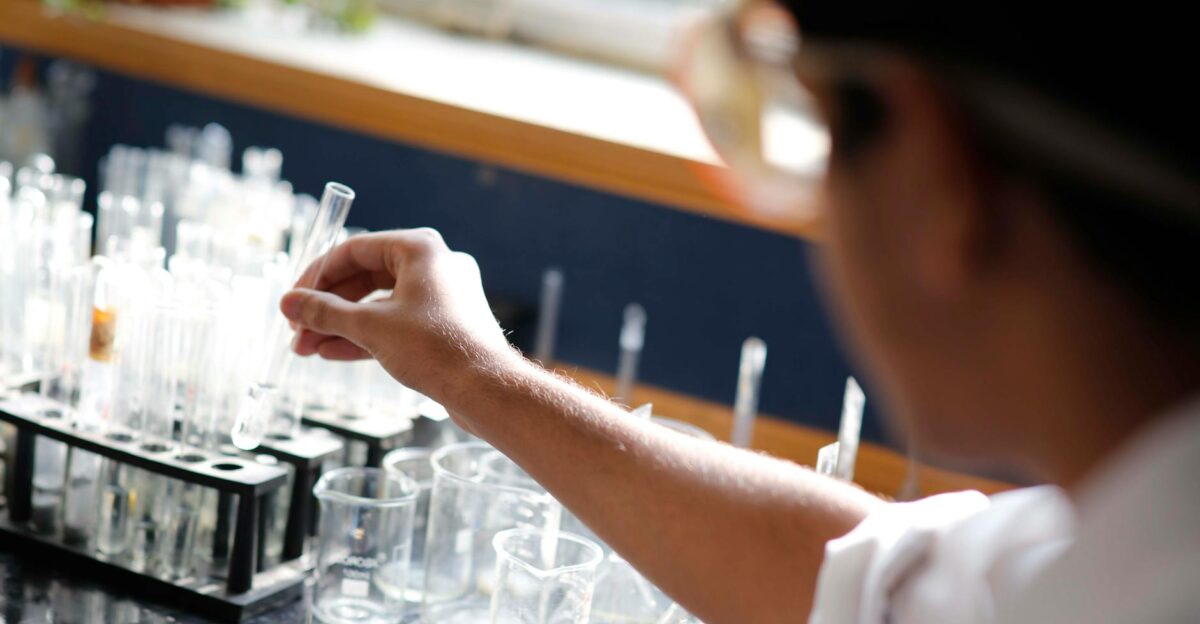
At the same time Kennedy vowed to crack down on autism-linked toxins, his administration was loosening the rules on those very chemicals. It shelved planned bans on industrial solvents like methylene chloride and trichloroethylene – chemicals widely considered neurotoxic.
It also eased new limits on ethylene oxide emissions, granting major polluters exemptions on this carcinogen – a chemical McCanlies’ study had connected to more severe autism symptoms.
In March, EPA leaders even touted a suite of 31 regulatory rollbacks as the “biggest deregulatory action in U.S. history”.
Public health advocates were stunned at the disconnect between Kennedy’s words and his policies.
Scientist Frustration
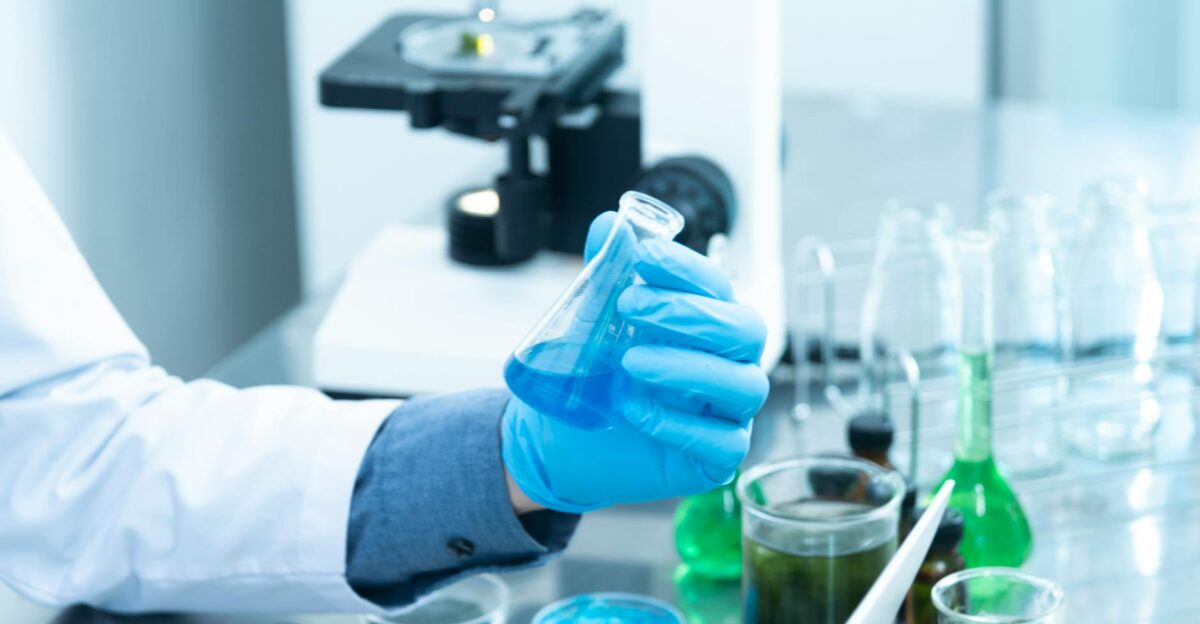
Researchers have voiced frustration and heartbreak at the dismantling of autism science.
Former NIH leaders publicly questioned why an administration that talks up autism would simultaneously tear down the infrastructure to study it.
“Losing funding is not just about the kids in this study. It’s every new kid or family that comes into our clinic and asks for help,” said Dr. Laura Anthony of Children’s Hospital Colorado, whose decade-long autism project was abruptly canceled.
She and others warn that halting research now means turning away countless families in need of answers.
Leadership Exodus
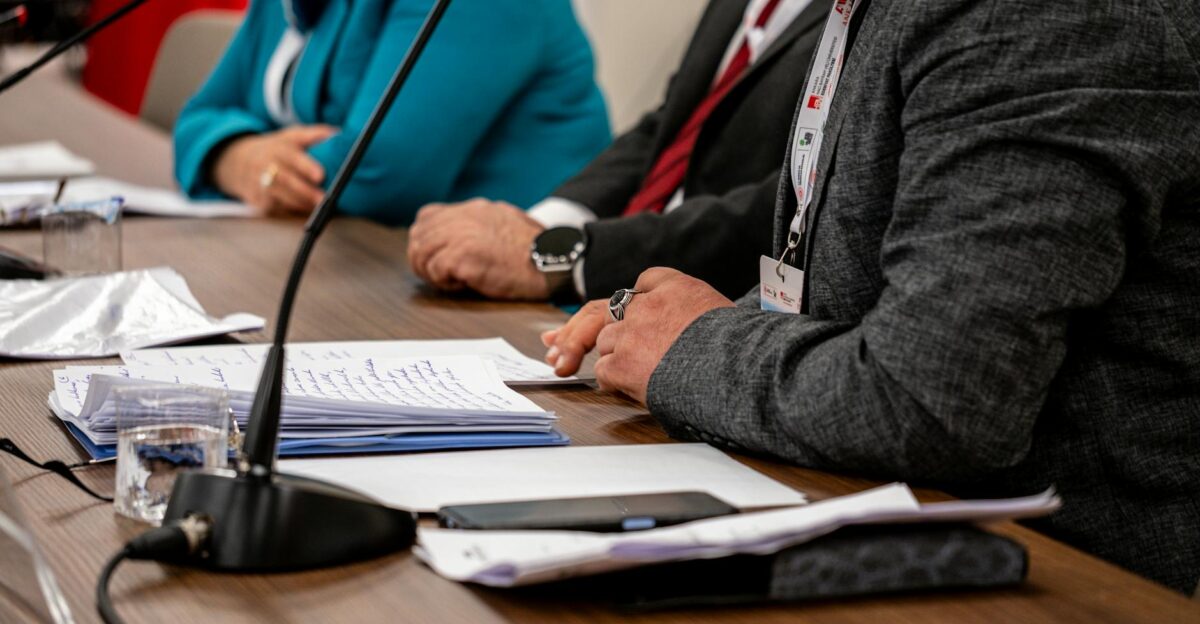
NIOSH’s leadership was swept away in the purge. On April 1, longtime NIOSH Director Dr. John Howard received a 5 a.m. termination email, ending his 22-year tenure.
The agency’s workforce, which once numbered around 2,400, was cut to fewer than 150 employees, eliminating whole teams of epidemiologists, industrial hygienists, and safety experts.
By May, nearly all of the few staff left had received their final layoff notices.
In just weeks, NIOSH – the federal hub of occupational health research for decades – was reduced to a shell of its former self with its veteran leadership gone.
Promise Delayed

By late May, Kennedy began tempering his ambitious deadline. In a CNN interview, he acknowledged that finding definitive answers by September was unrealistic.
“We’ll have some data [by September]. To get the most reliable information, it’ll probably take us another six months,” he conceded, effectively pushing the target into 2026.
Scientists had already criticized the original timeframe as impossible for rigorous research, and now Kennedy openly admitted more time was needed.
The bold promise of an autism breakthrough in a few months had quietly been replaced with a much more cautious, open-ended timeline.
Expert Skepticism

Outside experts openly questioned Kennedy’s approach. Autism researchers noted that his high-profile focus on “environmental” causes is not matched by support for actual science.
“Funding for autism research is actually disappearing at a time when we see the director of HHS talking a lot about autism as though they think it is important,” observed Micheal Paige Sandbank of UNC-Chapel Hill.
“Behind the scenes, they are taking a hammer to the whole apparatus for autism research”.
Many fear that fixating on one presumed cause while defunding broader research will leave families no closer to real answers.
Research Gap
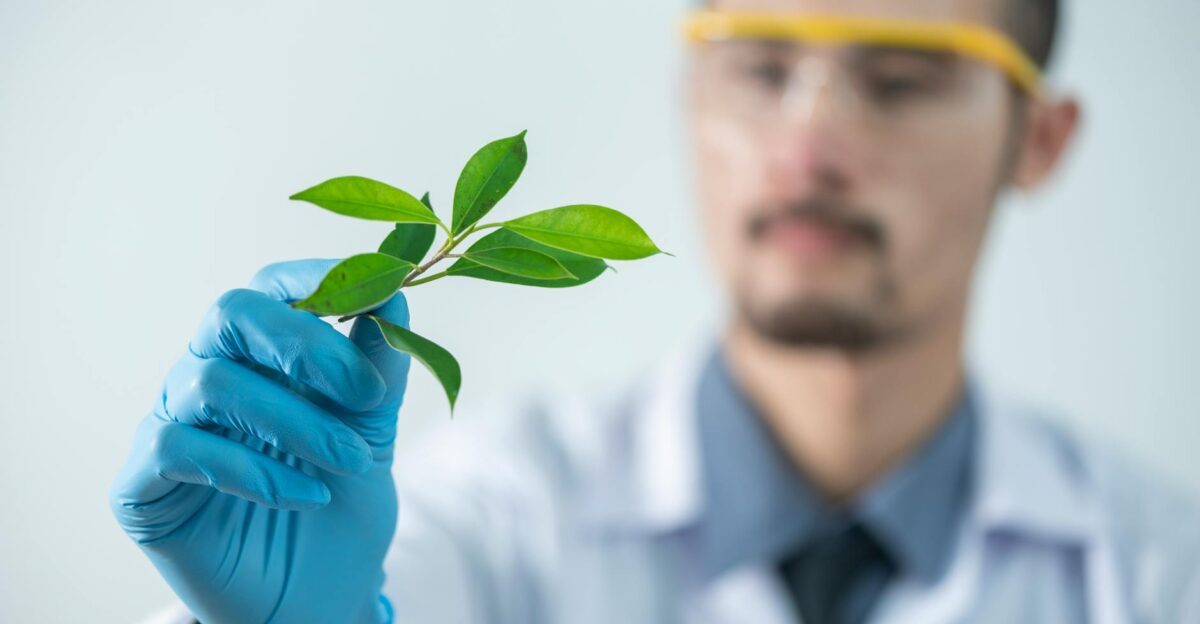
Kennedy’s rhetoric and the administration’s reality are now miles apart, leaving a gaping hole in autism research. He has promised unprecedented investigations into environmental causes, yet his team has dismantled the very infrastructure needed for such work.
Seasoned scientists have been pushed out, and funding streams severed.
The result is a critical research gap at the exact moment Kennedy claims to prioritize finding answers.
Without the experts and studies that have been eliminated, the government currently lacks the scientific capacity to make good on its September pledge – or any meaningful autism investigation timeline.
Policy Implications

Kennedy’s actions on autism are emblematic of the Trump administration’s larger philosophy of cutting government science in favor of deregulation.
The same leadership that touts an autism “emergency” has simultaneously rolled back EPA chemical safeguards and dismantled NIOSH – moves consistent with political priorities of shrinking regulation over expanding health research.
This divergence between messaging and implementation has far-reaching policy implications. Two decades of congressional initiatives and funding commitments for autism research are being upended.
The tension between what is promised (robust autism investigations) and what is delivered (weakened scientific institutions) raises alarms about the future of evidence-based health policy.
International Concerns

The upheaval in U.S. autism research is reverberating abroad. For years, America led global efforts through initiatives like the NIH’s international grants and partnerships.
U.S.-funded projects such as UC Davis’s CHARGE study – widely regarded as the gold standard for research on environmental autism risk factors – have been central to worldwide progress.
Now, European scientists express alarm that these collaborations are in jeopardy. With American funding and expertise suddenly withdrawn, internationally acclaimed studies face an uncertain future.
The loss of U.S. leadership threatens to stall global advances in understanding autism’s causes and how environmental factors play a role.
Legal Challenges

The administration’s moves have prompted a flurry of lawsuits and pushback from scientists. In separate court challenges, federal judges have already voided some of the grant terminations as “illegal”, casting doubt on the purge of research.
At NIH, hundreds of staff signed a “Bethesda Declaration” calling on agency leadership to reverse politically driven cuts and reinstate stalled projects.
Environmental groups are also suing over the chemical deregulations, arguing the rollbacks violate safety laws.
These legal battles – over both research funding and pollution rules – have thrown Kennedy’s autism agenda into further uncertainty as courts weigh in.
Family Impact

For families of autistic children, the policy whiplash has been both confusing and distressing. On one hand, they hear Kennedy pledge to discover what’s causing their children’s condition; on the other, they watch vital research and support programs vanish.
Parents fear that cutting studies now will delay better treatments or answers – all while weakened environmental rules could expose their kids to more harmful chemicals with even less oversight.
Autism advocacy groups have voiced dismay at these mixed messages.
They ask how Kennedy can promise help for autistic people while eliminating the very initiatives that were pursuing those answers.
Broader Reflection
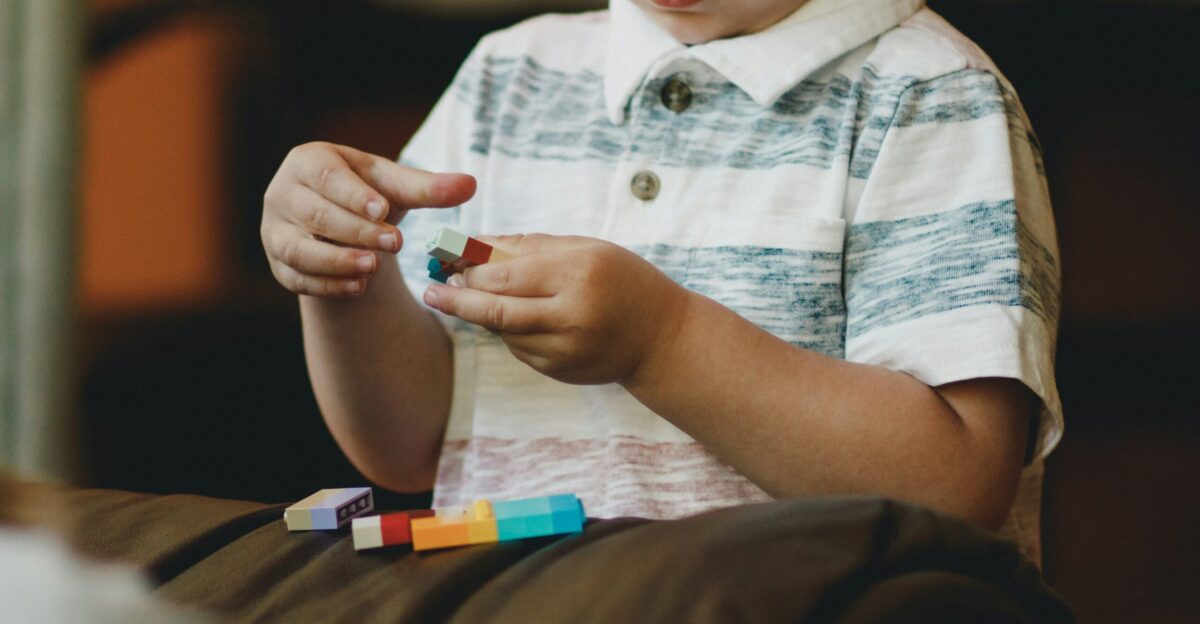
In the end, Kennedy’s autism crusade highlights a fundamental tension between political theater and scientific reality.
Grand promises to find answers were made even as the administration hollowed out the institutions needed to deliver them.
This is a stark reminder of how political rhetoric can diverge from policy on the ground.
By raising public expectations while simultaneously undermining scientific capacity, this autism saga may serve as a cautionary tale. It encapsulates a broader trend – alternating between championing and sidelining science – that could define not just autism research, but the relationship between science and governance in the current era.